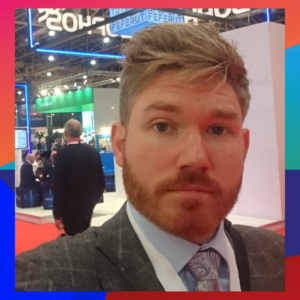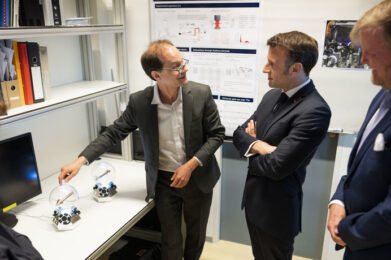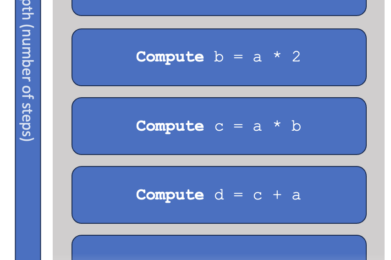At the University of Amsterdam QuSoft and Atos have collaborated to create a course focused specifically on how to bridge the gap between the world of academia, and that of businesses and society. Now in its 2nd iteration we are seeing the relevance of the course increase steadily and with the arrival of the Quantum Delta it forms a nice part of its goals. How has it come to be, and what is it about is blogged about by Frederik Kerling from Atos.
I remember that it was somewhere in the beginning of 2017 that we first started playing with this idea of creating a course. It was in the middle of this period of quantum where more funding avenues were made available for quantum projects, and QuSoft at the time was working on their quantum software manifesto to spark more interest in quantum. By then I was already faced with about 3 years of hardship in getting the ‘quantum message’ across within Europe. I was going from organization to organization to motivate them to invest and partner with us to get the train going. It was hard, and time and time again I saw the same mistakes being made. During one of these meetings, I had a simple realization; “We’re going to need a lot more people”.
This is where we started working with QuSoft to start something new. Now at the time QuSoft was small, and really in the process of positioning themselves within the quantum ecosystem. One might say that Atos could have better partnered with someone who was more mature in quantum, and capable of leveraging their assets for the course. But this would have been defeating the purpose. We knew already back then that the key to getting the business message of quantum across, was very dependent on the skill for quantum software development, quantum coding and understanding. And in 2017, this was a topic of slim pickings globally. QuSoft was the natural choice.
Now, over 4 years later we’ve arrived at the second iteration of the course, and I’m pleased to say our approach was spot-on. Dozens and dozens of corporations, spread out over different markets, have since then started their quantum programs. And they all, every single one, face the same difficulties that we teach in the course “Quantum in Business and Society”. It is so relevant now; we might need to reconsider organizing a summer-school aimed at professionals.
The course teaches, how to bridge the gap between the languages of academia and research, where most of the quantum use-cases come from, and how to best apply this to organizations. This is not a one-way adaptation. For optimal results, those with academic backgrounds need to change their approach, but so do those that work in business. And this also makes it remarkably interesting, creating good quantum applications is not a small team desk exercise. It requires people from all over the organization to rethink their ways of working and be ready to be challenged by new concepts.
And that is perhaps also the beauty of the course. Ideally, it is not just for physics students, but a much broader scope of people. Ideally, I’d like to see it change to a 6EC course, where there are not only science students that partake, but also students from business orientated master programs. Perhaps even from communications masters. Where the group projects are a literal exercise of that same challenge they will face once they start their careers. It is admittingly a bit much for just 3EC.
Bridging this gap is far more reaching than for science alone. Let me be clear, everyone will eventually be faced with this change in mindset. All organizations run on IT, and they will all eventually be using quantum technologies more and more. Understanding how to leverage them efficiently will be as big a game changer as adopting the cloud or Agile. You are either the adopter, or the one having to ask their colleagues how to work the beamer or print on two pages.
So, who will you be, the first wave of the old IT generation, or will you be part of the first wave of quantum natives?





